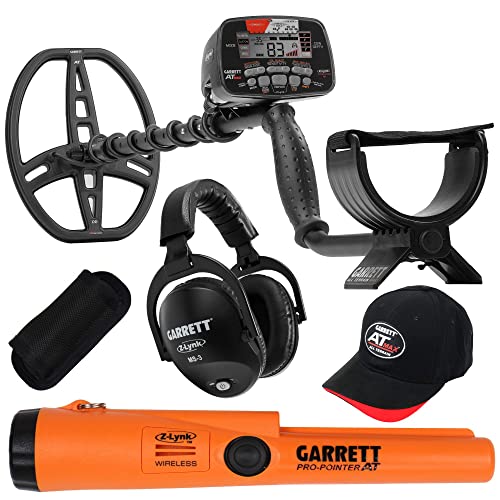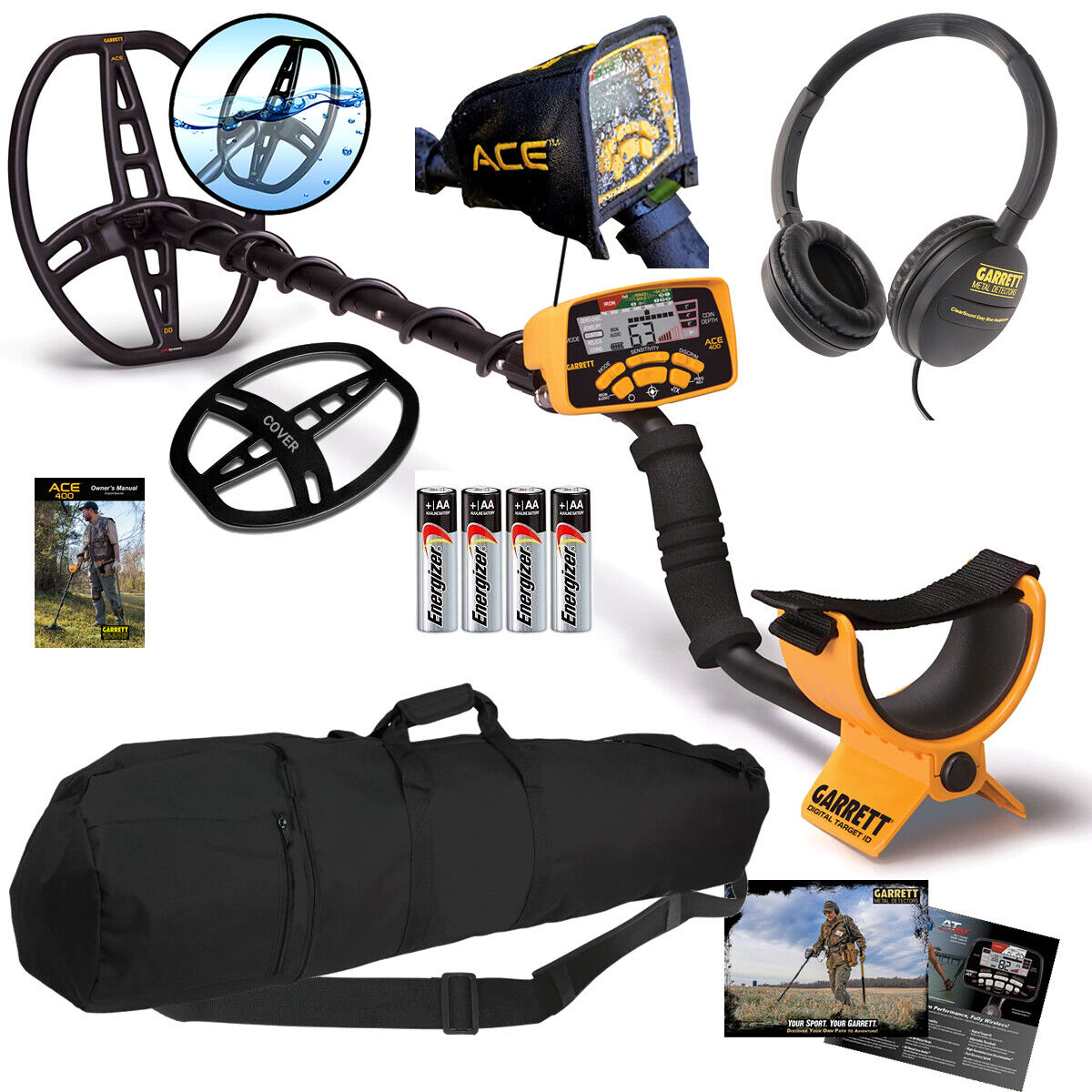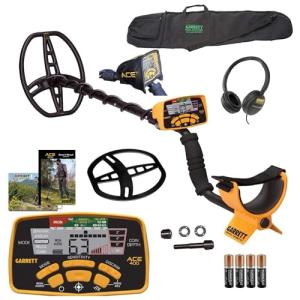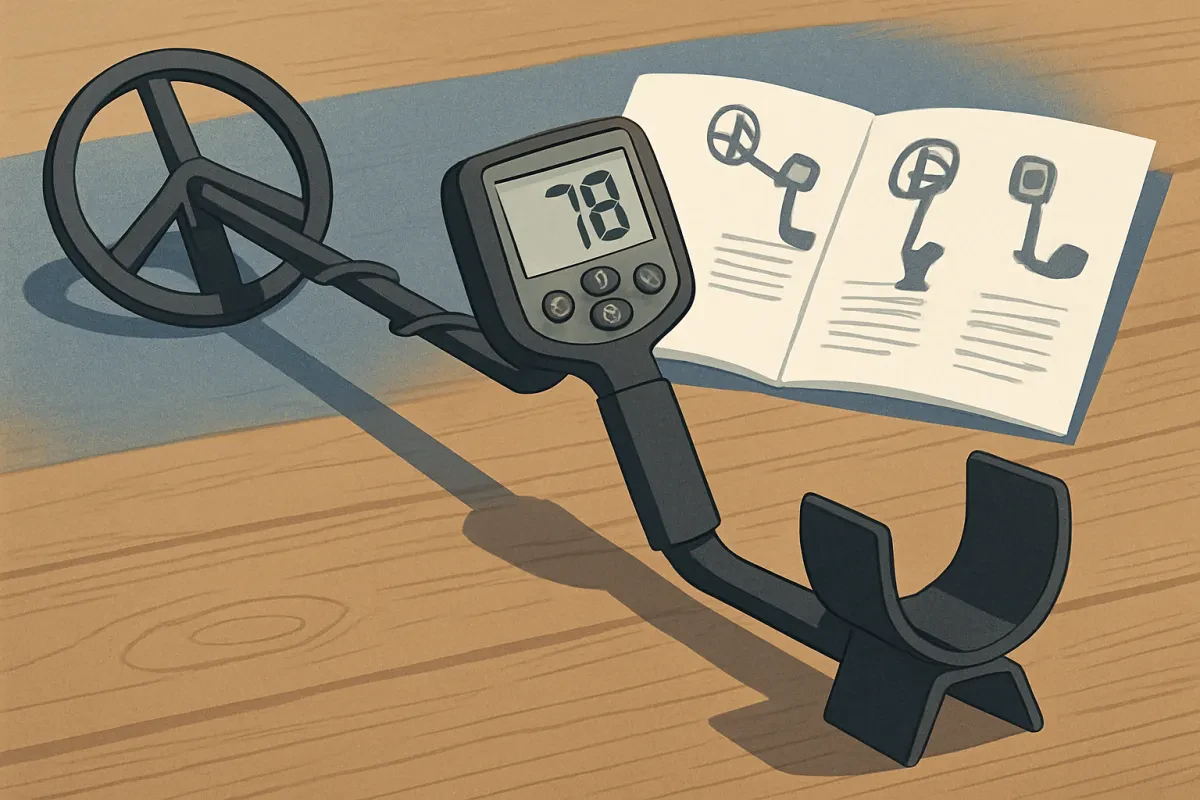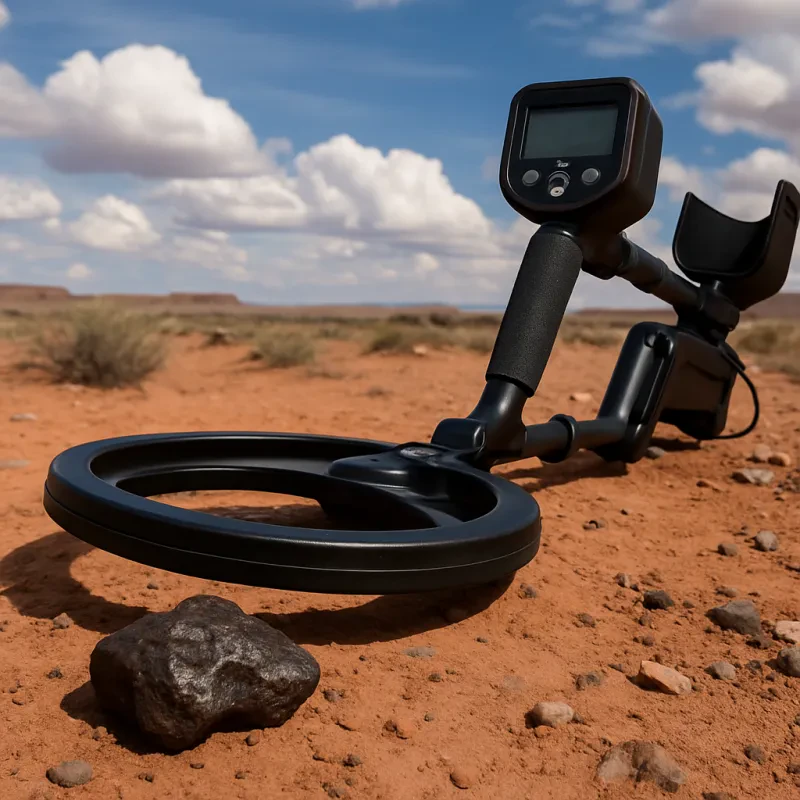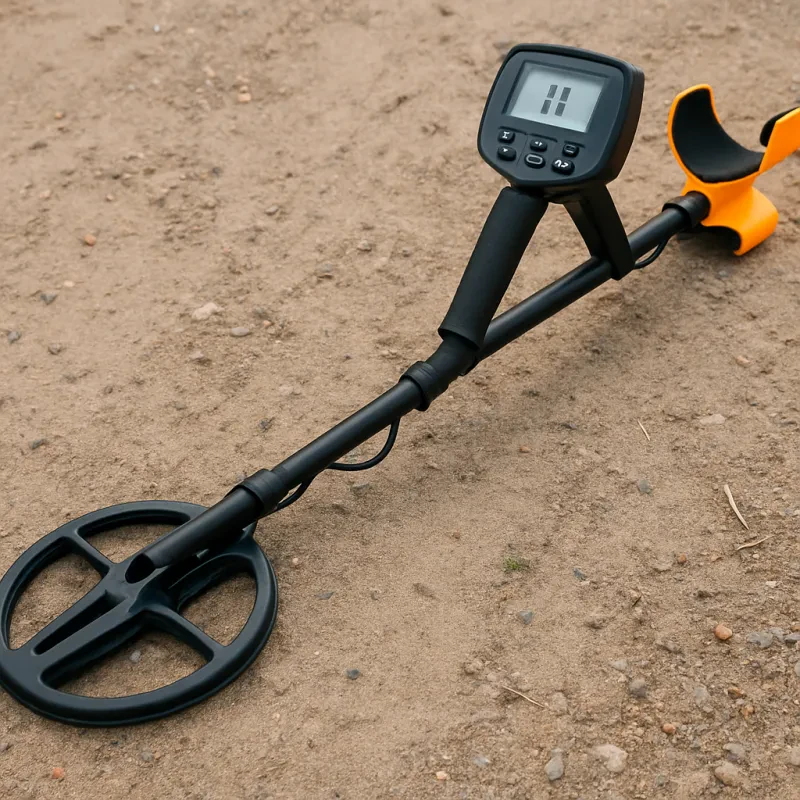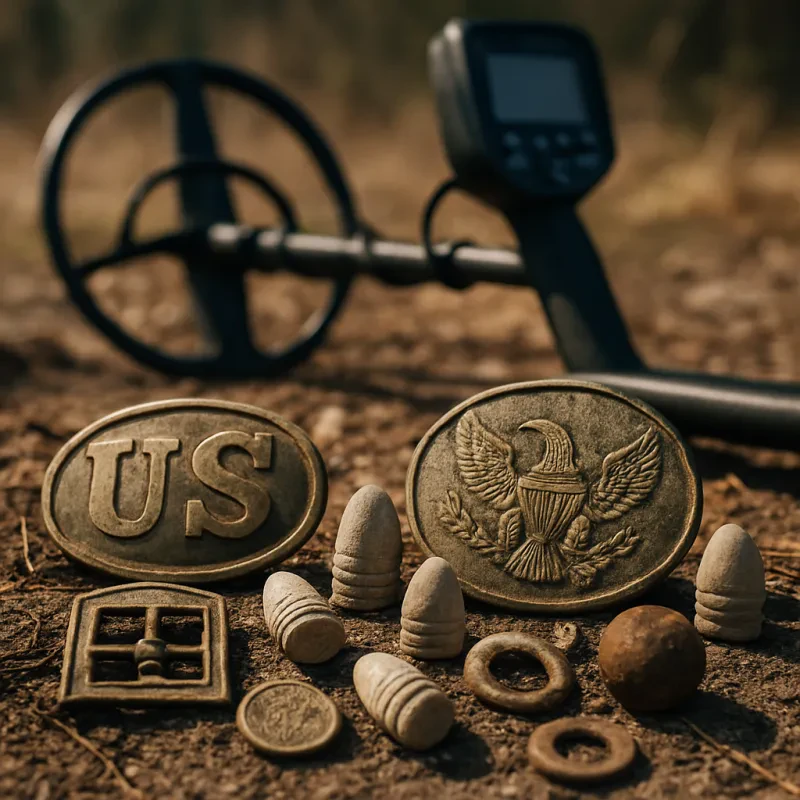Getting into metal detecting is exciting, but it helps to know a few basics before you dive in. If you're looking for your first metal detector, understanding how they work will make your search much easier. Metal detectors are designed to find different types of metals beneath the surface, whether it's coins, jewelry, or relics.
Most metal detectors have a basic setup: a control box, a search coil, and a shaft. The control box is where you’ll find all the settings and features. The search coil is the part you swing back and forth. It sends out electromagnetic signals to detect metal objects underground. The shaft connects everything and makes it comfortable to handle.
One important feature to consider in your first metal detector is the discrimination capability. This allows you to filter out unwanted metals, like iron, so you can focus on what you really want to find. Some models also come with adjustable sensitivity, which can help you detect smaller or deeper objects.
Look for weight and comfort as well. If you plan on spending hours outdoors, a lightweight detector with a comfortable grip will make a huge difference. Some models even offer headphones to help you hear those faint signals, which can really improve your experience.
In short, when choosing your first metal detector, think about what you want to find, how easy it is to use, and how comfortable it feels to hold. Doing a little research upfront can save you time and help you find treasures quicker!
Different Types of Metal Detectors
1. VLF Detectors
Very Low Frequency (VLF) detectors are a popular choice for beginners. They’re user-friendly and great for finding coins, jewelry, and other small treasures. VLF detectors work by sending out a magnetic field that detects metal, making them ideal for parks, beaches, and backyards. If you're just starting, this type might be your best pick.
2. Pulse Induction Detectors
If you plan to hunt in tough environments like saltwater beaches or highly mineralized soil, consider a Pulse Induction (PI) detector. These detectors can dig deeper and handle diverse conditions better than VLF models. They’re more expensive, but if you’re serious about finding big treasures, they’re worth the investment.
3. Multi-Frequency Detectors
Multi-Frequency detectors give you the best of both worlds. They can pick up multiple types of metals and work well in different environments. This makes them flexible and adaptable, which is great if you want to try various hunting spots right away as your first metal detector. While they might come with a higher price tag, they usually provide excellent performance across the board.
Choosing the right metal detector boils down to where you plan to search and what you want to find. Whether you pick a VLF, PI, or multi-frequency model, just make sure it feels comfortable and fits your needs. Happy hunting!
Features That Matter for Beginners
When you're on the hunt for your first metal detector, some features make a big difference, especially for beginners. You want something that’s straightforward and user-friendly, so you can start finding treasures right away without getting overwhelmed.
Look for a detector with a simple interface and clear display. This way, you won't have to struggle with complicated settings. A few buttons that are easy to figure out will help you focus on the fun part: digging things up! Lightweight options are also great since they won't tire you out during those long treasure hunts.
Good sensitivity is another must-have. You want your first metal detector to pick up even the tiniest finds without being too chatty. The last thing you need is for a detector to beep constantly, leaving you guessing what's real and what's junk. Look for models with adjustable sensitivity to help you customize your experience.
Finally, consider battery life. You don’t want your first metal detector to die out halfway through your treasure-hunting adventure. Go for a model that boasts a decent battery life so you can enjoy searching without constantly worrying about recharging or swapping batteries.
Tips for Starting Your Treasure Hunt
Getting into treasure hunting is super exciting, but it helps to have a plan! Here are some tips to make the most out of your adventures with your first metal detector.
First up, pick the right spot. Look for areas where you think people might have lost stuff in the past. Parks, beaches, and old battlefields are gold mines (figuratively speaking!). Make sure you check local laws regarding metal detecting, especially in public spaces.
Next, practice with your first metal detector. Familiarize yourself with its sounds and settings. Walk around your backyard or a quiet spot to get comfortable. Experiment with different settings to see what works best for you. The more you practice, the better you'll get at recognizing valuable finds!
Don't forget to bring some essential gear. A small shovel or trowel is handy for digging up your treasures, along with a pouch to keep your finds safe. And definitely wear good shoes because you'll be on your feet for a while!
Lastly, stay patient and have fun! Treasure hunting can be hit or miss. Celebrate the little things, like finding a cool old coin or even a bottle cap. The joy is in the hunt, so keep your spirits high and enjoy every adventure with your first metal detector!
